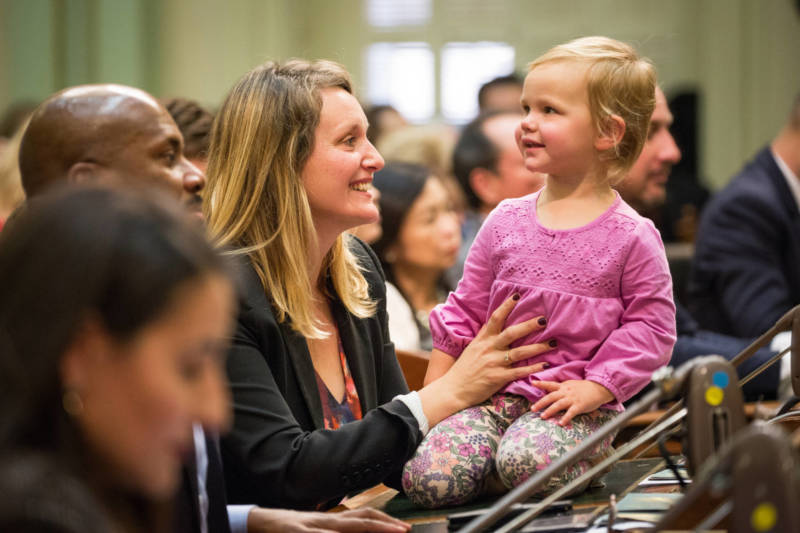With the 2018 election hailed as the Year of the Woman, how far has California — a state that prides itself on being on the progressive vanguard — actually come?
As CALmatters reported, only three out of every 10 lawmakers are now women. That means not only is California far behind neighboring Nevada, which became the first state with a majority of female legislators, it lags behind 19 states, including neighbors Arizona, Oregon and Washington, not to mention New York and Colorado, according to the latest count by the National Conference of State Legislatures.
This is true despite the fact that California reached a high watermark in the last election for the largest number of women elected to state and federal offices this century.
Notably, California is represented by powerful women in Washington D.C., including both U.S. senators and the House Speaker, as well as its first female lieutenant governor Eleni Kounalakis and Toni Atkins, California Senate president pro tempore. The state has never come close to accurately reflecting the majority of adult Californians — who are female — nor electing a female governor.
Why the gap?
Political scientists have noted that women sometimes face a double standard of judgment even from female voters and that women typically face more obstacles raising campaign cash.
There’s another potential barrier that deters women from running and winning elected office — the need for childcare. A bill introduced by Democratic Assemblyman Rob Bonta of Alameda aims to lessen that barrier.
Even Bonta, when he first ran for Assembly, found that a lack of childcare impacted him. “I had to miss meetings,” he said. “I had to miss important campaign events.”
